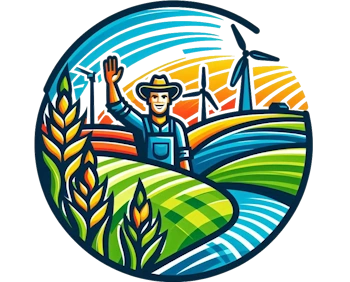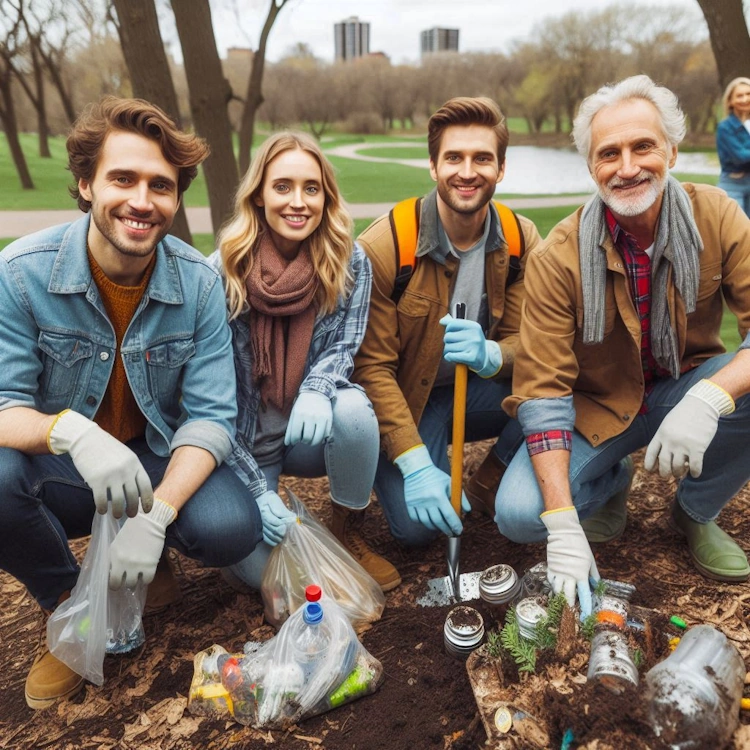The Minnesota waste management system promotes reuse, recycling and composting while protecting land, air and water quality. Minnesota has pioneered best practices and policies to prepare for what should be thrown away with an emphasis on waste reduction, recycling, and diversion from landfills. Led by the Minnesota Pollution Control Agency (MPCA) and supported by local governments, these efforts are a response to Minnesota’s wide-ranging waste management problems.
The Waste Management Hierarchy
Minnesota has a waste hierarchy that emphasizes source reduction first, followed by reuse, recycling, energy recovery and disposal as the last resort. This hierarchy helps ensure that waste is handled with the least environmentally harmful method possible.
Waste Source Reduction
Minnesota applies the waste management hierarchy, which identifies source reduction as the highest priority. It requires people and businesses to choose alternatives that generate less waste. This approach encompasses programs on reusable materials, reduction in packaging and environmentally sustainable product design.
Reuse Programs
Another aspect of the waste hierarchy is reuse. The state wants residents and businesses to donate or repurpose goods rather than throw them away. Support for thrift stores, donation centers and marketplaces for used items is pervasive statewide.
Recycling Initiatives
Minnesota has made recycling one of the foundations of its waste management program. It has raised the recycling rate in one of the U.S.’s top recycling states that boasts curbside and drop-off sites as well as widespread public awareness campaigns, he said. Recycling paper restores the need for raw materials and saves energy in large amounts by recycling glass, metals, plastics, electronics etc.
Composting and organics recycling
Food scraps and yard waste organic material is a large consideration in Minnesota. Some communities have curbside organics collection programs, while others use drop-off sites for compostable materials. Composting decreases landfill waste and generates soil amendments that are nutrient-rich for agriculture and landscaping.
Energy Recovery
Waste-to-energy plants have an important position in Minnesota waste management. These plants produce energy from waste that is not recyclable and which in turn leads to reduced pressure on landfills. It has several such facilities across the state that convert municipal solid waste into electricity and heat.
Landfills as a Last Resort
Even as Minnesota works to reduce the need for landfills, these sites will always be needed to dispose of trash that cannot both be recycled or incinerated. The more modern landfills within the state are built with newer technology to complete a pollution free environment such as liners and leachate collection systems meant to protect groundwater.
Key Policies and Programs in Minnesota
The success of waste management in Minnesota is largely attributed to a strong legislative framework and community focused programs.
The Waste Management Act
This act takes a comprehensive approach to solid waste policy in MN, and was enacted in 1980. The bill sets forth the role of local governments, solid waste management facilities, and businesses with an emphasis on reducing and recycling.
Recycling Market Development Program
The program launched by Crumbly helps businesses using recycled materials in their product, which also creates demand for recyclables and contributes to a circular economy.
Organics Recycling Grants
The MPCA offers grant funding to local governments and organizations that want to start or grow organics recycling programs, promote more participation, and upgrade infrastructure.
Management of Household Hazardous Waste
Collection sites for household hazardous waste—like paint, pesticides and electronic-waste—are operating in Minnesota to dispose of these materials safely.
Community Involvement and Education
Minnesota recycling relies on public participation to be successful. Some of these funds are invested back in education to inform residents how to dispose of waste properly and recycle materials correctly. Activities such as “Fix-It Clinics” where residents take in items to be repaired vs. thrown away help promote a sustainability mindset
Schools are another aspect of waste learning, where the concepts and benefits of waste reduction, reuse, and recycling, clean environment in general are taught at a young age. Organics recycling programs and “Zero Waste” schools are common features of many campuses.
Future Directions in Waste Management
Minnesota has made strides, but still struggles with litter and waste. Challenges of contaminated recycling streams, growing plastic pollution, and a necessity for stronger end markets for recycled products continue to loom. There is also the practical hurdle of handling refuse in rural locales as opposed to city centers.
Minnesota keeps coming up with innovations to meet these challenges. Some key areas of focus are expanding organics recycling, better sorting technology, and looking towards policies such as extended producer responsibility (EPR) for packaging. It also wants to broaden its scope, serving a wider range of underrepresented communities and ensuring access to recycling and composting programs are equitably available.
Minnesota is a showcase for sustainable waste management. The state has developed a model by focusing on waste minimization, recycling and energy recovery that combines environmental sustainability with economic viability. Minnesota is keeping this position fresh and sustainable by being proactive in its approach to the ever-evolving challenges that come from waste management.

